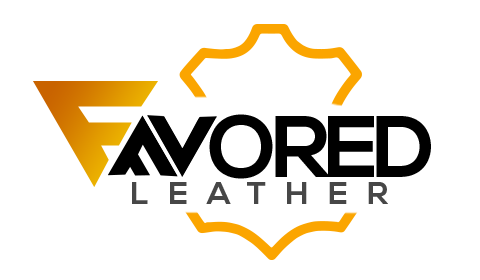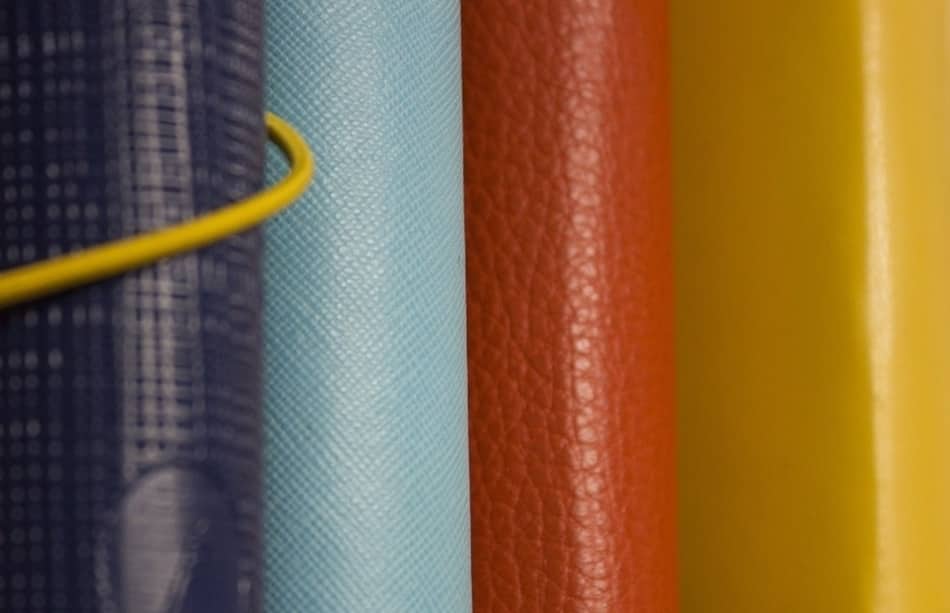When I first started leatherwork, I would often either use the wrong tools for modeling and although subsequently with the right set of modeling tools, I didn’t know what modeling techniques to use let alone how to do it. This topic brings back so many memories as I have learned a lot from my first encounter with leather modeling and I’m ready to share with you all I know about modeling.
What is Leather Modelling?
Leather modeling is a leather decorative technique done on natural leather by causing a raised impression from the flesh side of the leather using any kind of backing material and then pushing down the background of the design on the grain side so that the design appears in relief.
“The key point with leather modeling is that it always requires some form of backing either cardboard, straw board or cotton”
Leather Modeling draws on the versatility of natural leather as a material. Leather is highly workable and can be easily modeled due to its elasticity, plasticity, stretch, and its ability to hold form or shape for a really long time.
Although every type of leather can be modeled, calf leather is the most ideal leather for modeling to get the best results. Leather modeling I would say is one of the high-level leatherwork skills to master, however, beginners can model simple shapes and designs and move on to more challenging and more intricate ones as they become more and more confident.
Leather modeling also requires a lot of patience to accomplish. Leather modeling will draw more on your artistic prowess and shouldn’t worry if you’re not exactly art savvy. There are several design templates you can get, trace, and simply explore the various techniques I’ve discussed in this post.
Remember, as you begin to get a hang of it, you need to do it in moderation because “over-modeling” will give the work an unnatural appearance which will destroy the beauty of the leather.
Type of Leather Modeling
In leather modeling, you can generally, immerse yourself just like any art, creating dents, marks, lines, bevels, etc all in an attempt to render your desired design in relief.
But, there are two basic ways of modeling designs on leather that everyone can practice. The two basic types are
- Flat Modeling
- Relief Modeling
Flat Modeling
Flat modeling in leatherwork is very similar to outline tooling but unlike tooling, parts of the design are depressed using a modeling spoon to make the design stand out from the background. It’s a really simple form of leather modeling that almost anyone can do.
Flat modeling entails tracing the outline of the design using a tracing tool onto the grain surface of the leather and then pressing down the background surrounding the design down with a modeling tool leaving the design in relief.
This type of modeling is called flat modeling because the relief effect is not quite as high as you would expect in relief work. The flat modeling is ideal for book covers, wallets, purses, shoes, etc.
Tools and Materials for Flat Modeling
- Leather
- Leather modeling spoon
- Pencil
- Tracing Paper
- Marble slab
- Water
- Awl or tracing tool
How to Create Flat Modeling
Step 1: Get your design on a tracing paper
Step 2: Place your leather on a hard smooth surface like a marble slab and dampen it with ordinary water on the grain side. Don’t make the leather completely wet.
Step 3: You can now transfer the design from your tracing paper onto the leather with a tracing tool or a hard sharpened pencil.
Step 4: After you have your entire design outlined on the leather, begin to press down the background around the edges of the design with leather modeling tools or a modeling spoon. You can also improvise using a teaspoon if you don’t have leather modeling tools
Step 5: Apply even pressure by continuously pressing the leather down. Work all along the lines and leave the design and the borders around the design raised.
Step 6: After you’re satisfied with the effect, you can dye the sunken background or leave plain
Step 7: Finish the flat modeling by polishing.
Relief Modeling
The relief modeling is a modeling technique in leatherwork where parts of a design is made to raise from the flesh side. Due to the high relief effect of this modeling method it is usually backed cotton, cardboard or any other suitable materials that can be used to hold the shape.
The backing material is placed at the flesh side to get the design to rise at the grain side in relief. Leaving the relief design without any form of backing is known as Embossing.
Tools and Materials for Relief Modelling
- Leather
- Leather modeling spoon and other modeling tools
- Cardboard, strawboard, cotton, plastic board or metal sheet for the backing
- Pencil
- Tracing Paper
- Marble slab
- Water
- Awl or tracing tool
How to Create Relief Modeling
There are two ways to achieve this namely the High Relief Modeling and the Low Relief Modeling.
How to Create the High Relief Modeling
Step 1: Draw your intended design on a tracing paper
Step 2: Transfer the design onto the grain side of the leather with a tracing tool
Step 3: Use a swivel knife to cut along the outline and bevel all around the outer edges of the swivel knife cuts for your design to stand out.
Step 4: Now with your modeling tools, you can push the main parts of the design out to create a relief effect. Ensure you secure your hand on the grain side where the design is being raised while you push the design upwards from the flesh side.
Step 5: After the design is complete, stuff it with some cotton to fill up the design from the flesh side.
Step 6: Polish the finished relief modeling
How to Create a Low Relief Modelling
Step 1: Draw and cut out your design from thick cardboard, strawboard, metal or plastic. The thicker the material, the more relief you’re going to get and the more difficult it will be for you to cut.
Step 2: After cutting out your design, dampen or case the grain side of the leather with ordinary water and place the leather you want to create the relief modeling on over the cutout design with the damp grain side facing up. Meaning the cutout design from the strawboard will be on the flesh side.
Step 3: Sink the background around the design using a modeling tool. The shape of the design underneath will show through on the grain side.
Step 4: Continue to work around the details on the edges of the design that is raised in order for the cutout shape to appear boldly at the grain side in low relief.
Step 5: By this time the cardboard design cut out should be fitting in perfectly on the flesh side. You can now hold it in place firmly using an adhesive so that the relief remains in shape.
Step 6: Polish the grain surface
Conclusion
Leather modeling when done properly can result in amazing design impressions on your leatherwork. This decorative technique can really add a unique touch to your leatherwork. In this article, I brought to you all the essential information on leather modeling including what it is, tools used and the types of leather modeling there are. I hope this article was of great help to you. Continue to Have fun creating leatherworks!! 😀


